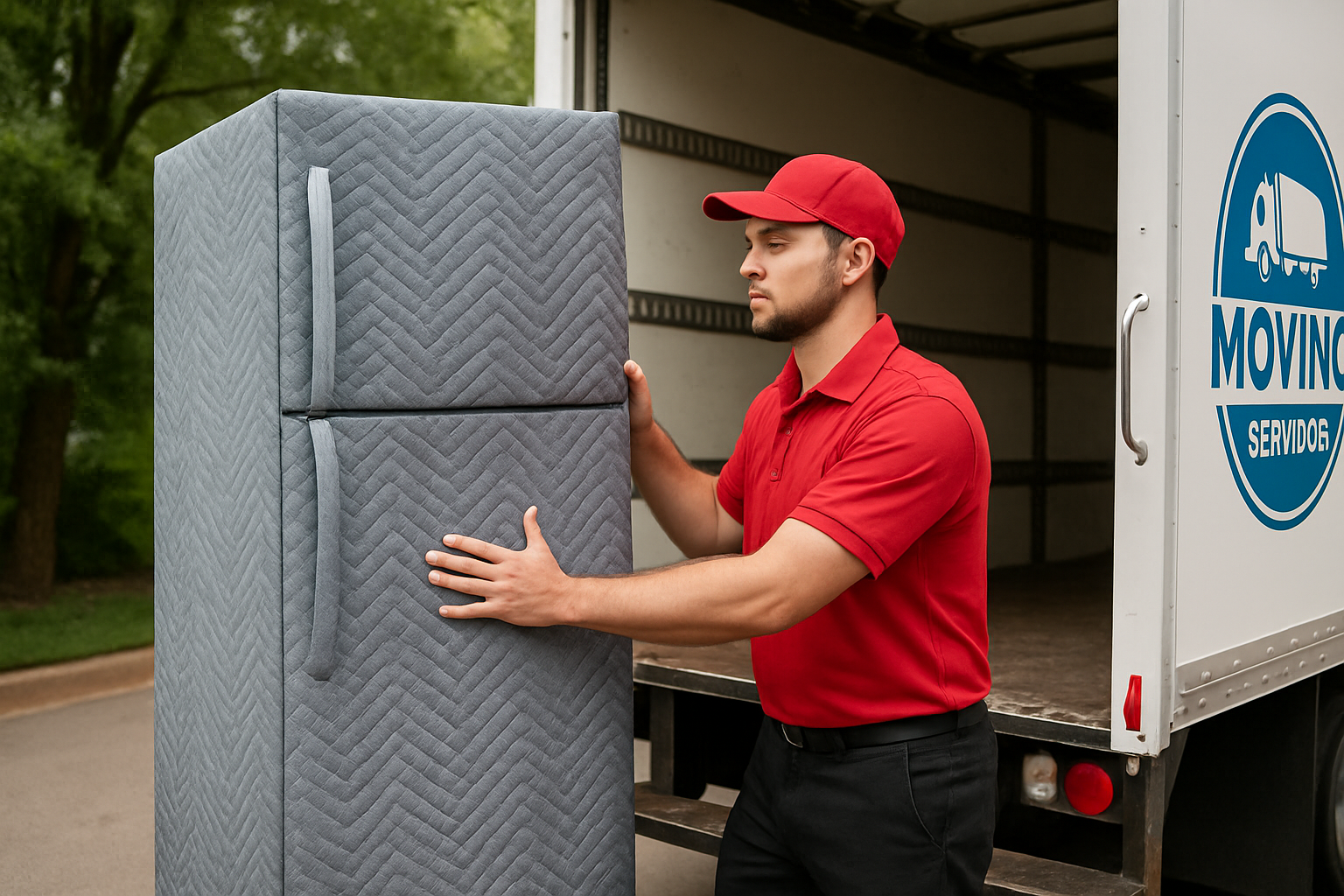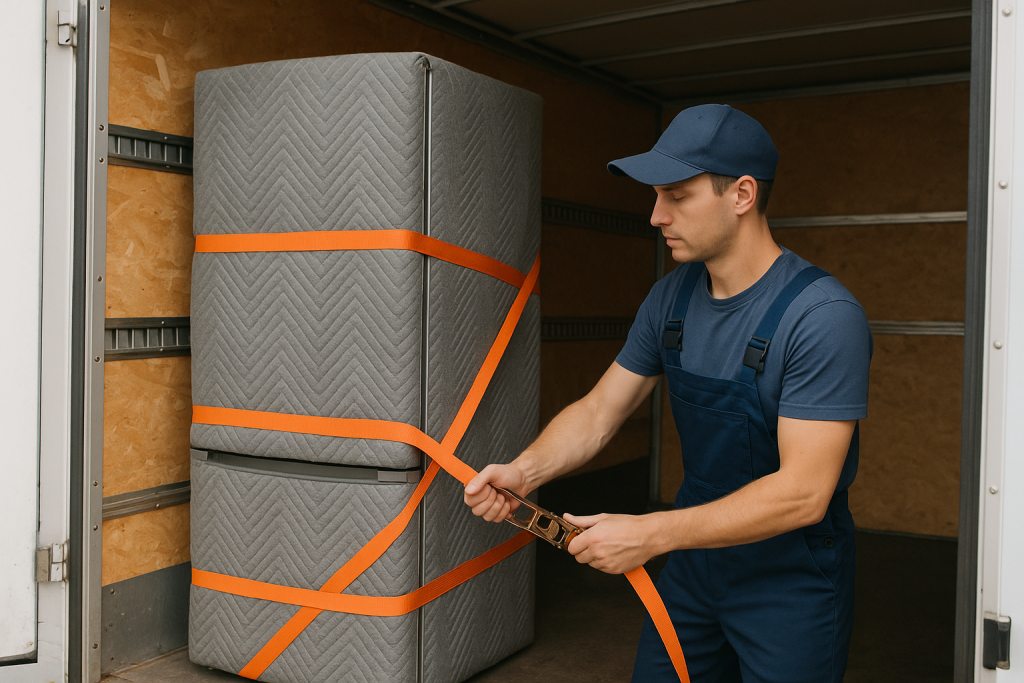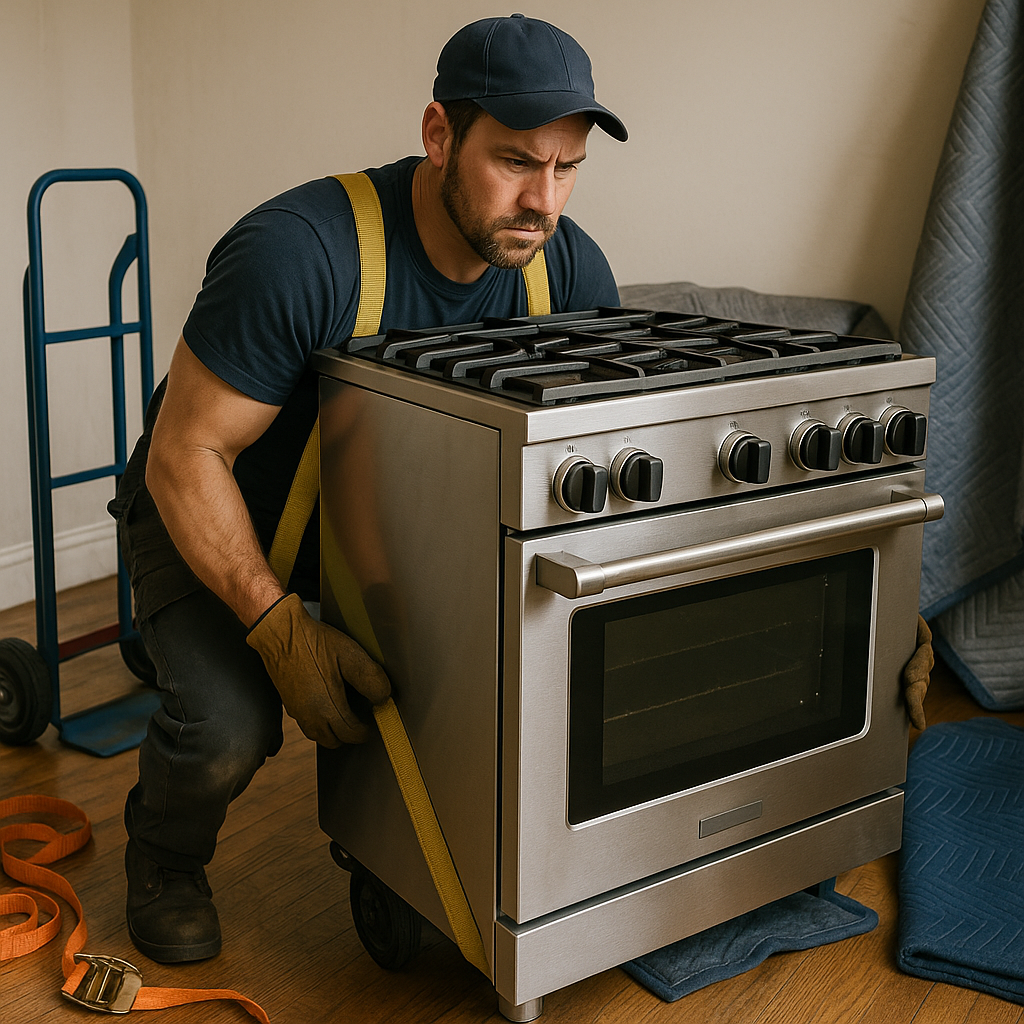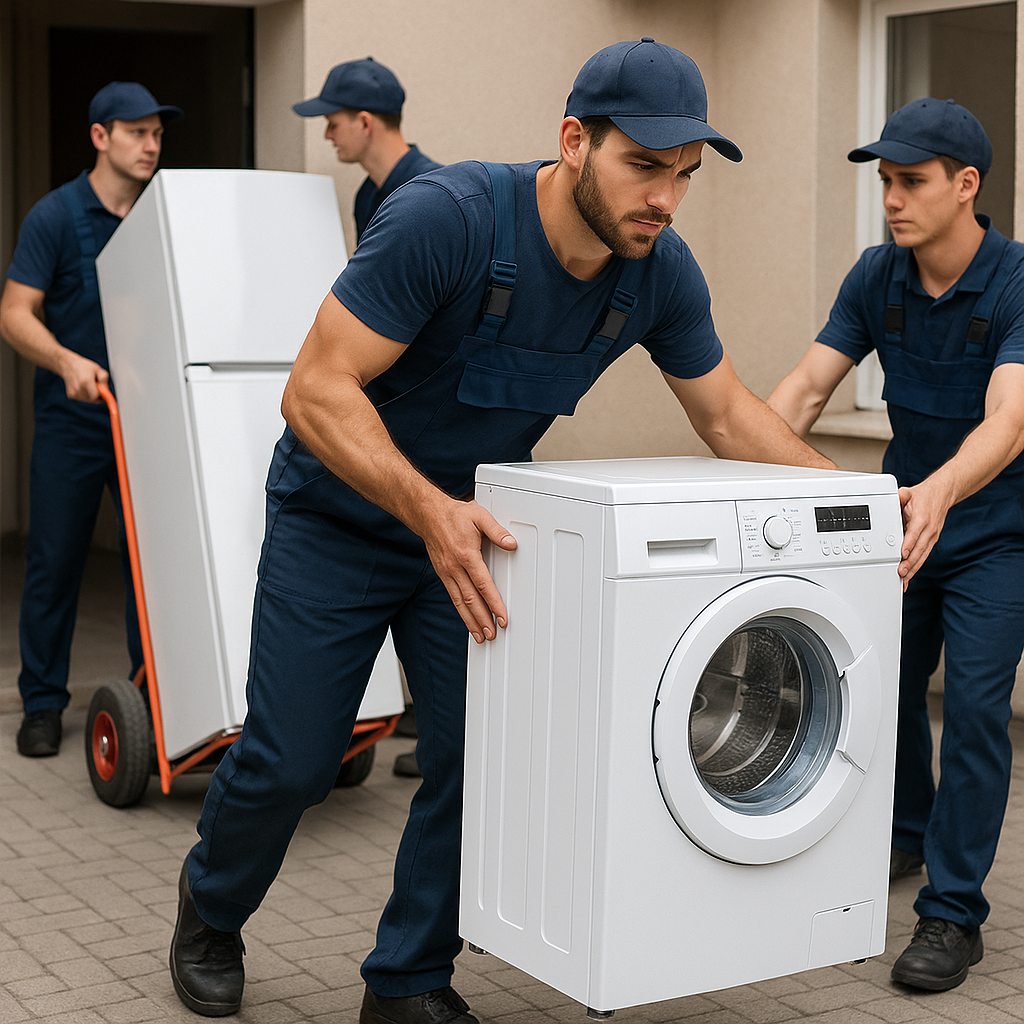Hillsborough Funeral Home: What Options Are Available for Pre-Planning?
Hillsborough Funeral Home: What Options Are Available for Pre-Planning?

Pre-planning is one of the most meaningful steps a family can take when thinking ahead. A Hillsborough funeral home provides guidance that helps you plan in a way that respects traditions while allowing space to personalize every detail. Choosing to create a plan in advance gives loved ones peace of mind and helps reduce the burden during a time of need. Families often find comfort in knowing wishes are clearly documented, allowing them to celebrate life in a way that feels right.
A Variety of Services to Meet Your Needs
Every funeral home in Hillsboro strives to provide options that meet families where they are. From honoring cultural traditions to modern choices, available services help you create a tribute that reflects the individuality of a loved one.
Cremation
Cremation is a common and dignified choice that gives families flexibility. Whether choosing a private gathering or a larger memorial, this option helps you design a celebration of life that is both personal and respectful. Many families find comfort in being able to keep or scatter ashes in a meaningful place.
Aquamation
Aquamation is an alternative that uses water rather than flame. This gentle process provides a sustainable option for families who wish to create a tribute while reducing environmental impact. It is a choice that reflects care for both the loved one and the future of the community.
Green Burial
Green burials emphasize simplicity and natural return. By using biodegradable caskets and avoiding embalming chemicals, families can create a funeral service that reflects both respect for the loved one and for the land. This option often resonates with families who want to celebrate life in a natural way.
Traditional Burial
Traditional burials remain an important choice for many families. They allow for funeral ceremonies, visitation, and graveside services that bring people together to express grief and support one another. Families can personalize details such as flowers, readings, or music to make the service meaningful.
Compassion and Clarity in Every Funeral Service
When planning in advance, families deserve trust, guidance, and clarity. A modern Hillsborough funeral home provides resources that make the process easier.
Clear Pricing
Families need information they can rely on. Transparent pricing helps reduce stress and provides confidence that every family we serve is treated fairly. With no hidden costs, families can focus on designing a celebration rather than worrying about unexpected fees.
Concierge Support
Compassionate service is available around the clock. Having a dedicated team ensures that families receive immediate help and support whenever they need it. In difficult moments, knowing you can contact us anytime provides relief.
The Value of Pre-Planning Funeral Services
Pre-planning is more than a decision, it is a gift to loved ones. It ensures families can focus on celebrating life rather than making difficult choices in grief.
Reducing Emotional Burden
When a parent or loved one passes, the decisions can feel overwhelming. Pre-planning removes that weight, making it easier for family members to gather, celebrate, and express sympathy.
Financial Preparedness
Locking in today’s prices is an important Hillsborough advantage. This helps families manage costs and avoid the rising expenses of the future. Planning also helps you create a tribute without financial strain during a time of need.
Personalization Opportunities
A funeral service should be a reflection of the loved one’s life. Pre-planning gives families the ability to choose songs, flowers, readings, and designs for a service that feels beautiful and unique. These thoughtful touches help create a lasting tribute.
How Families Benefit from Local Care
Local support matters. Families in Hillsboro want professional and compassionate guidance rooted in community values. A funeral home that understands local traditions can provide the highest level of care.
Building Trust
Trust is created by listening and learning from every family we serve. Hearing from the families who have shared feedback helps improve service and ensures excellence.
Dedicated Advocacy
A funeral home should serve as a guide during the most difficult times. Families benefit from advocacy that makes paperwork, arrangements, and coordination easier. The goal is always to provide respect, compassion, and the highest level of support.
Plan with Confidence at Endswell, Your Local Chapel Hill Funeral Home
At Endswell, we welcome families with care, compassion, and dedication. As a family-owned funeral home, we make it our priority to help you plan and provide options that reflect the life and legacy of your loved one.
Why Families Choose Us
- Cremation, Aquamation, Green Burial, and Traditional Funeral Services
- Transparent Pricing with No Hidden Fees
- 24/7 Support and Concierge Service
- Professional and Compassionate Guidance for Every Family We Serve
Our Commitment
Endswell is built on trust, respect, and excellence. We dedicate ourselves to providing meaningful funeral ceremonies and celebrations of life that honor each loved one with dignity. From immediate arrangements to long-term pre-planning, we help you plan with confidence and compassion.
Contact Us for Information
If you are looking to make arrangements or learn more about pre-planning, we invite you to contact us today. We provide resources, guidance, and support designed to help you plan a tribute that celebrates life.
Make arrangements with Endswell by appointment.
- Call us at 919-907-9777
- Available 24/7 for your family’s needs
- Find information on our website about services and transparent pricing
At Endswell, we commit to creating beautiful, meaningful, and personalized tributes. Choose us when it matters most, because celebrating life with compassion and excellence is our highest priority.

Endswell Funeral Home: Cremation | Aquamation | Burial – Chapel Hill, NC
407 Meadowlands Dr, Hillsborough, NC 27278
(919) 907-9777

















